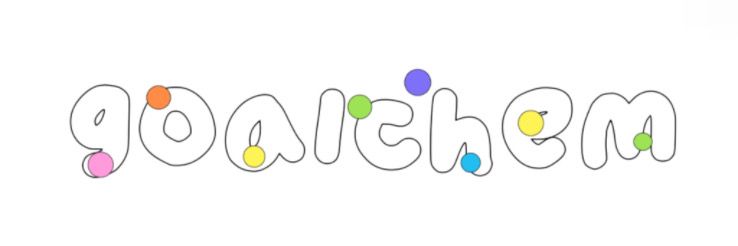Key Applications of 6825-20-3 in Industry
Key Applications of 6825-20-3 in Industry
The compound 6825-20-3, also known as sodium tripolyphosphate (STPP), plays a significant role across various industrial sectors due to its versatile properties. This article explores the key applications of 6825-20-3, illustrating its impact and importance in multiple industries.
If you are looking for more details, kindly visit 6825-20-3.
Uses in Detergents and Cleaning Products
One of the most prominent applications of 6825-20-3 is in the formulation of detergents and cleaning products. Its properties as a builder compound enhance the efficiency of surfactants, allowing for:
- Improved cleaning performance: STPP softens water, making detergents more effective against stains.
- Stabilization of foam: It helps create a rich lather that consumers expect from cleaning products.
- Prevention of dirt redeposition: It binds to soil, keeping it suspended in the wash water.
Common Challenges
Problem: Some detergents containing STPP can contribute to environmental pollution, as phosphorus runoff can lead to algal blooms in water bodies.
Solution: Manufacturers can explore phosphate-free alternatives or reduce the phosphate content while ensuring effective cleaning performance through the use of other eco-friendly agents.
Applications in Food Industry
6825-20-3 also finds extensive use in the food industry, particularly as a food additive. It serves critical functions, including:
- Emulsifier: STPP helps stabilize emulsions, ensuring uniform texture in processed cheeses and dairy products.
- Moisture retention agent: It assists in retaining moisture in meat products, prolonging shelf life and enhancing texture.
- pH control: STPP helps maintain optimal acidity levels in various food formulations.
Practical Suggestions
Confusion: There may be concerns about the safety of consuming sodium tripolyphosphate in food products.
Advice: Consult regulatory guidelines and studies that affirm the approval of STPP as a safe food additive, adhering to specified limits.
Role in Textile Industry
In the textile sector, 6825-20-3 is utilized primarily for its hydrating properties and as a softener in processes such as:
- Pre-treatment: STPP helps in the desizing and scouring of fabrics before dyeing.
- Dye fixation: It aids in the fixation of dyes, increasing colorfastness and vibrancy.
- Fabric softening: Its softening effects enhance the feel and durability of fabrics.
Addressing Issues
Issue: Excessive use of STPP can lead to a buildup that affects dyeing quality.
Solution: Implement careful control and monitoring of STPP concentrations during production to optimize its usage without compromising quality.
Importance in Agriculture
In agriculture, 6825-20-3 is often employed in fertilizers as a nutrient source. It provides essential phosphorus, which is crucial for:
- Root development: Enhancing the growth of strong root systems.
- Flowering and fruiting: Supporting overall plant health and productivity.
- Stress resistance: Bolstering plants' resilience against environmental stresses.
Recommendations
Concern: Overapplication of phosphates can lead to soil and water pollution.
Strategy: Utilize STPP-based fertilizers with precision application techniques and integrate them into sustainable farming practices.
Conclusion
In summary, 6825-20-3, or sodium tripolyphosphate, is a multifaceted compound with vital applications spanning detergent manufacturing, food preservation, textile processing, and agricultural enhancement. While it brings numerous benefits, stakeholders across industries must navigate common challenges associated with its use. By embracing innovative strategies and sustainable practices, we can maximize the advantages of STPP while minimizing its environmental impact.
If you are an industry professional looking to implement 6825-20-3 in your processes, consider collaborating with suppliers and researchers to find sustainable and effective solutions tailored to your specific needs.
If you want to learn more, please visit our website nano silver solution factory in china.

